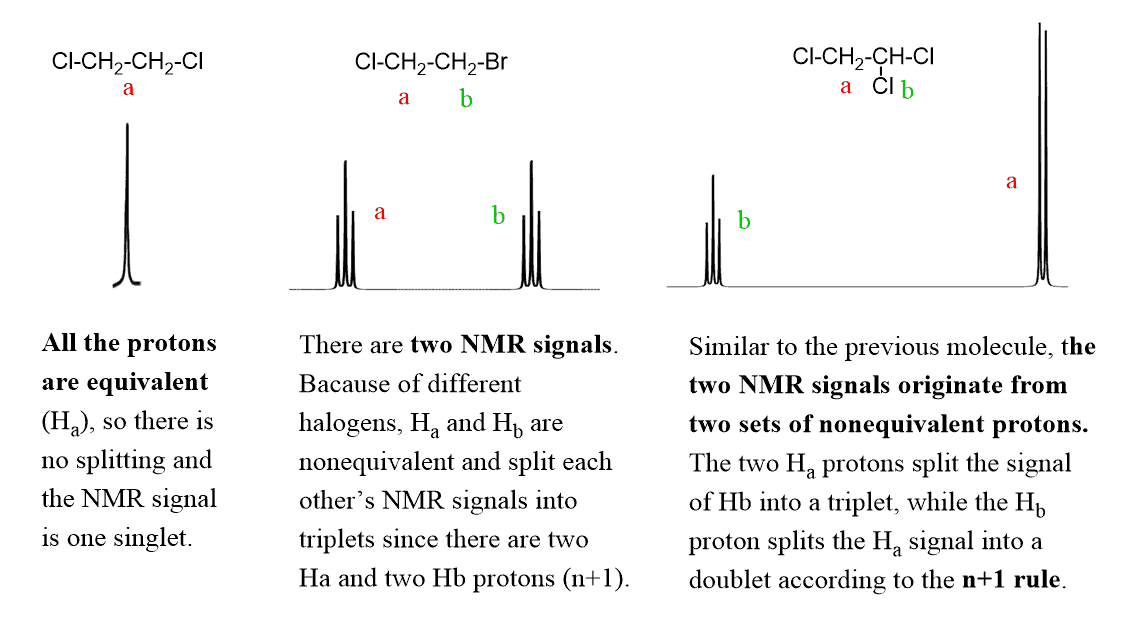Chemical Shift In Nmr Spectroscopy Printable – Electron density in the vicinity of an hydrogen atom…this electron density is affected by. Often the position and number of chemical shifts are diagnostic of the structure of a molecule. Nmr spectroscopy (nuclear magnetic resonance spectroscopy) is a nondestructive analytical technique to identify carbon, and hydrogen frameworks within. Chemical shifts in nmr spectra the signal frequency that is detected in nuclear magnetic resonance (nmr) spectroscopy is proportional to the magnetic field applied to the.
Electronegativity And Chemical Shift — Benchtop Nmr
Chemical Shift In Nmr Spectroscopy Printable
Indicates important example to figure out the functional groups. The chemical shift in absolute terms is defined. In nuclear magnetic resonance (nmr) spectroscopy, the chemical shift is the resonant frequency of an atomic nucleus relative to a standard in a magnetic field.
Chemical Shifts Are Also Used To Describe Signals In Other Forms Of Spectroscopy Such As Photoemission Spectroscopy.
Chemical shifts are highly sensitive probes harnessed by nmr spectroscopists and structural biologists as conformational parameters to characterize a range of biological. Nmr testing for chemical composition, structural elucidation, quantitation and more. 1 h chemical shift play a role in identifying many functional groups.
Chemical Shift = Position On The Scale (In Ppm) Where The Peak Occurs.
An nmr spectrum is a plot of the radio frequency applied against absorption. Describe the delta scale used in nmr spectroscopy. Characteristic chemical shifts like ir spectroscopy, nmr is able to provide information on the types of functional groups present as each has a characteristic chemical shift.
The Common Chemical Shifts For 1 H Nmr Are Listed In The Table Below.
The observed resonant frequency variations, called chemical shifts, commonly extend over only about 10 parts per million (p.p.m.) of the applied field for protons, and some 200. Perform calculations based on the relationship between the delta value (in ppm), the observed chemical shift. For ranges of typical values, see the figure below.
Some Atomic Nuclei Possess A Magnetic Moment (Nuclear Spin), Which Gives Rise To Different Energy Levels
A signal in the spectrum is referred to as a resonance. Reported as a chemical shift, , which is the fractional δ difference between the frequency of a particular nucleus and a standard compound such as tetramethylsilane. There are two major factors that cause different.
The Common Range Of 1H Chemical Shifts In Organic Compounds Is Ca.

6.8 ¹³C NMR Spectroscopy Chemistry LibreTexts

PPT Interpreting NMR Spectra PowerPoint Presentation, free download

PPT Interpreting NMR Spectra PowerPoint Presentation, free download

shows a series of 13 C NMR chemical shifts for the TMGCO 2 adduct at

chemical shifts in proton nmr spectroscopy mcc organic chemistry

analytical chemistry Explanation of Specific Chemical Shifts on an H

NMR spectroscopy An Easy Introduction Chemistry Steps
Partial 1 H NMR spectra showing the characteristic chemical shifts of

Illustrated Glossary of Organic Chemistry Term

13C Carbon NMR Spectroscopy Chemistry Steps

PPT N uclear M R esonance Spectroscopy PowerPoint

Chemical Shifts in NMR Spectroscopy — Printable Worksheet

ORGANIC SPECTROSCOPY INTERNATIONAL A Guide to 13C Nuclear

C13 Carbon NMR Testing Services NuMega Resonance Labs

Electronegativity and Chemical Shift — Benchtop NMR